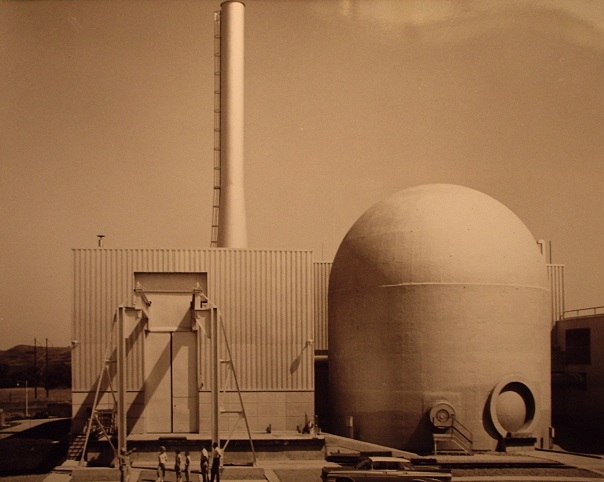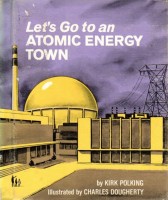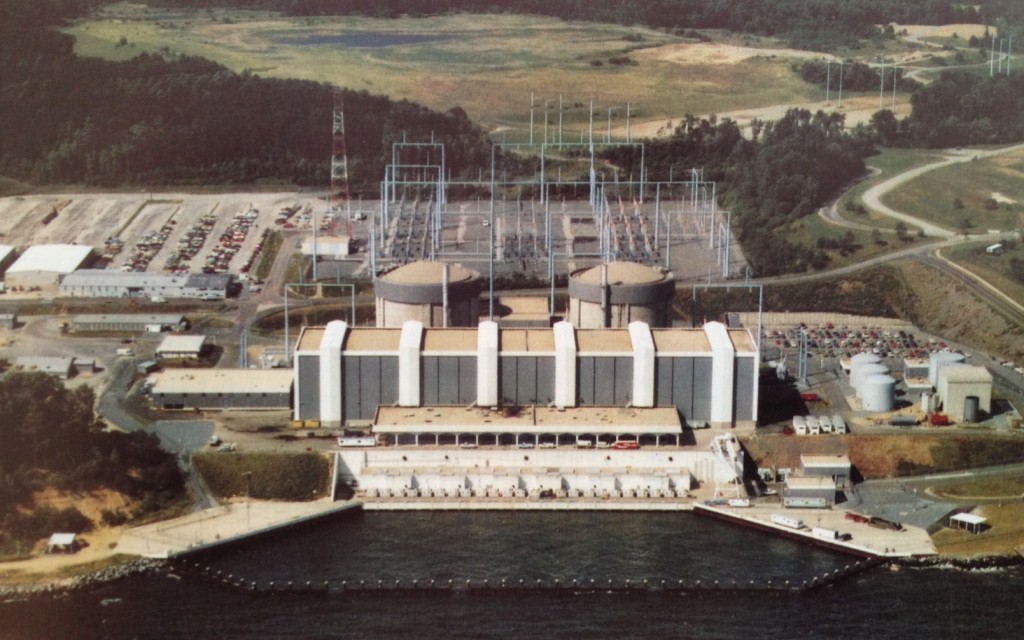
Calvert Cliffs Plant; two unit nuclear generating station. Baltimore Gas and Electric Company brochure, October 1980.
I received an email this morning (in the midst of my daily avalanche of promotional emails) with a link to a brief story about uprating of nuclear plants worldwide (in other words, increasing the power output of an already-built plant)-what had been done, how many were planned, and so forth. I wondered to myself just how many nuclear plants in the United States had been uprated, and when they started-and given the recent hullabaloo over the recent U.S. Environmental Protection Agency CO2 emission policy, it seems like (in addition to discussing small modular reactors) we might also want to toss the uprate card back on the table. Instead of flat or only slightly rising demand for electricity, we may face a steady lowering of generating capacity as plants that are high CO2 emitters (and thus violators) get shut down. Sure, renewables will play a part, and so will increased efficiency, but having more power is better than having less, or too little. I found no quick and easy reference for the kind of analysis I wanted, so I took a little time and did it myself.
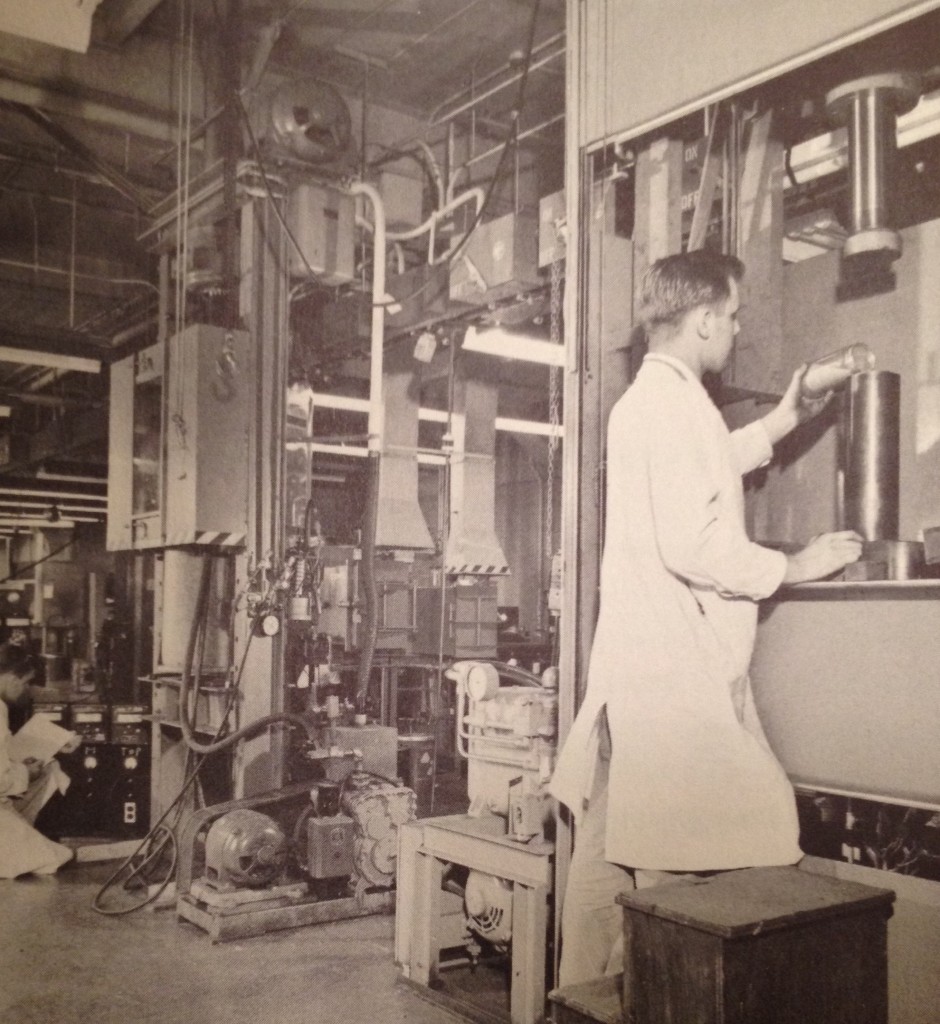


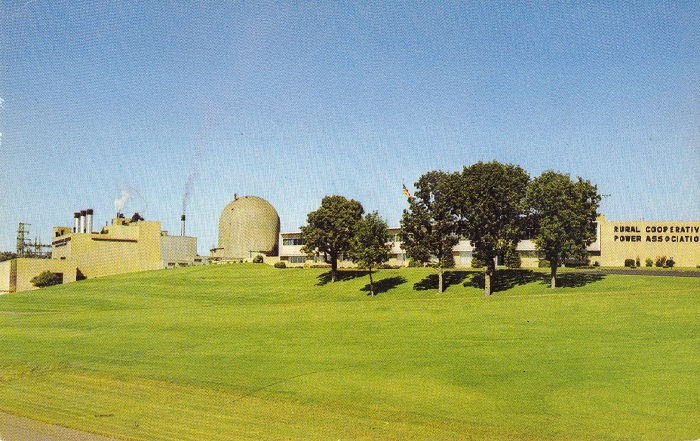
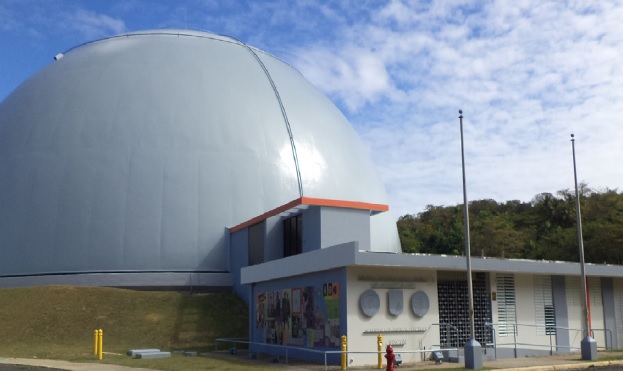

 Wednesday during National Nuclear Science Week is devoted to the topic of Nuclear Energy. Do you know how we use the energy obtained by splitting the atom to produce the electricity that charges up your phone, powers your TV and router, and lights your way? Click on the link below to see the basics.
Wednesday during National Nuclear Science Week is devoted to the topic of Nuclear Energy. Do you know how we use the energy obtained by splitting the atom to produce the electricity that charges up your phone, powers your TV and router, and lights your way? Click on the link below to see the basics.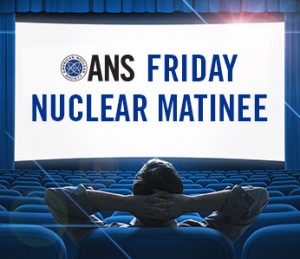
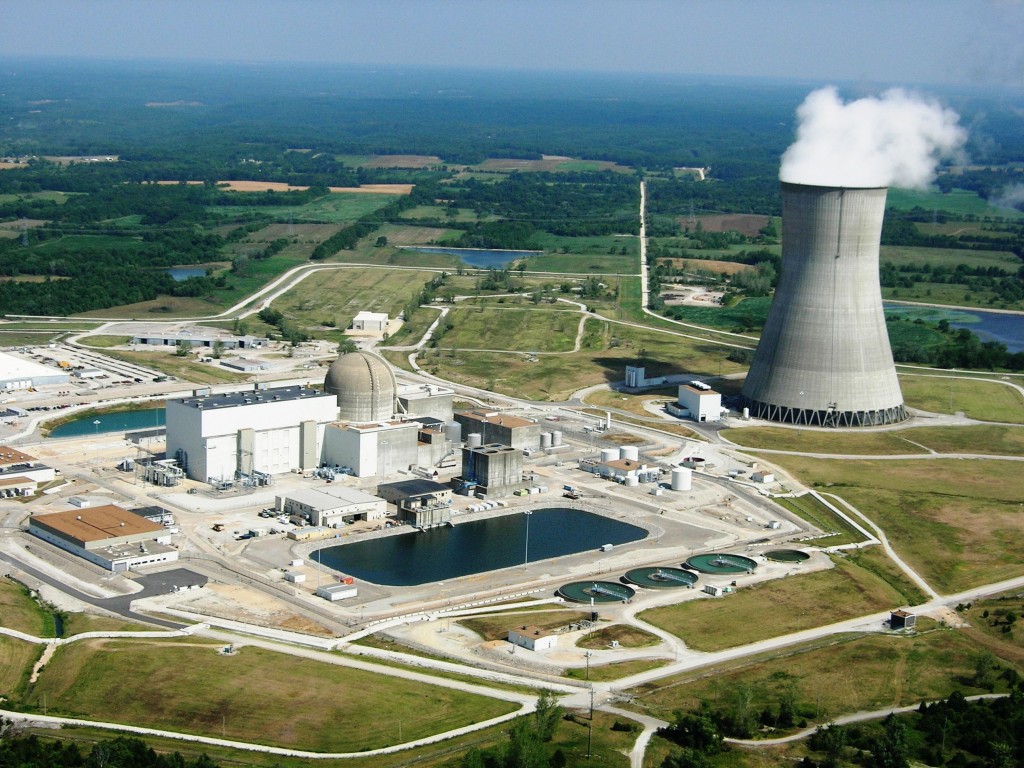
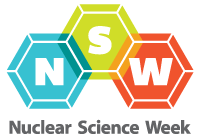 The third day of National Nuclear Science Week is focused upon the production of energy by nuclear means-and that means energy that can do work for man. Electric power, steam for heating businesses and homes, and mechanical power for propelling ships are perhaps the best known examples of man's use of nuclear energy.
The third day of National Nuclear Science Week is focused upon the production of energy by nuclear means-and that means energy that can do work for man. Electric power, steam for heating businesses and homes, and mechanical power for propelling ships are perhaps the best known examples of man's use of nuclear energy.
